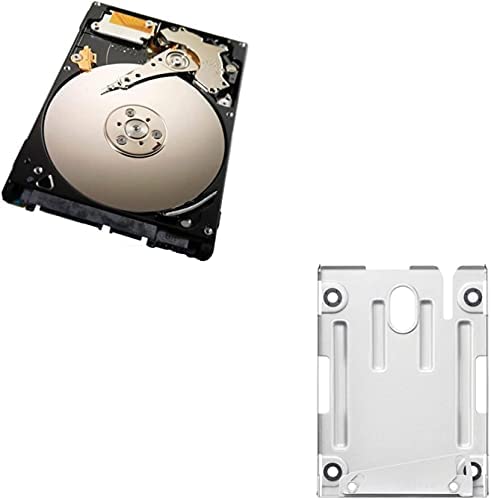WION has learnt that the Indian Government’s Department of Space is facilitating the technology transfer of Russian-origin ‘RD-191’ semi-cryogenic rocket engines to Indian industry. This technology transfer is meant to enable Indian industries to manufacture the Russian-origin rocket engine in India.
This also opens up the possibility of exporting the made-in-India ‘RD-191’ engines and using the engine as part of India’s heaviest rocket LVM3, thereby enhancing its payload carrying capability. India and Russia are learnt to have been in talks for a long time, regarding the sale of the ‘RD-191’ engines.
The ‘RD-191’ is a high-performance rocket engine fuelled by kerosene and liquid oxygen. It falls under the category semi-cryogenic, as its fuel kerosene can be stored at room temperature and the oxidiser liquid oxygen has to be stored at super-cooled temperatures (below -150 degrees Centigrade).
India currently operates three kinds of engines on its operational rockets — solid-fuelled, liquid-fuelled and cryogenic (where liquid hydrogen and liquid oxygen are stored at super-cooled temperatures).
In a recent interview with the Russian News Agency Interfax, Andrey Elchaninov, First Deputy Director General of Russian Space Agency Roscosmos, was asked about the possibility of supplying India with RD-191 engines.
He had said that India and Russia were discussing the details, characteristics and scope of deliveries of the RD-191 engines. “We hope to enter into a contract in the near future. We do not interrupt cooperation with anyone, we are open to all foreign customers” he said.
As the discussions are underway for the Russian-origin semi-cryogenic engine, the Indian Space agency ISRO is also gearing up for the maiden test of its indigenously-developed semi-cryogenic engine, a 2000kN engine powered by kerosene and liquid oxygen.
Dubbed as SCE-2000′ the semi-cryo engine is being developed by ISRO’s Liquid Propulsion Systems Centre, Thiruvananthapuram. While the engine is a standalone component, it is eventually integrated with fuel tanks and additional components, thereby completing what is known as a rocket stage. ISRO calls its semi-cryo stage ‘SC-120’. For this engine, ISRO has developed a kerosene-based fuel that they call ‘ISROSENE’.
In its latest annual report, ISRO had said that “the development of seven out of eight engine subsystems, have been completed. The intermediate configuration of the engine (Power Head Test Article) has been realised, wherein all the subsystems have been manufactured through Indian industries.
One ISROSENE propellant tank and two sets of LOX propellant tanks for the semi-cryogenic stage have been realised through industry, which has successfully undergone proof pressure tests. “We are getting ready for the first-ever test of the SCE-200”. Dr. S. Somanath, Chairman, ISRO, told WION.
While liquid hydrogen and liquid oxygen are the most efficient cryogenic fuel combinations, storing liquid hydrogen in tanks is an extremely complicated and challenging engineering feat. Liquid hydrogen is explosive in nature and expensive to produce.
Rocket-grade kerosene is simpler to handle as it can be stored at room temperature and owing to its high-density, large quantities can be stored in moderate-sized tanks. The low-density of liquid hydrogen means that large tanks are required to store even a small quantity of it, thereby increasing the size and mass of the rocket stage.
WATCH WION LIVE HERE:

![Roxio Easy VHS to DVD 3 Plus | VHS, Hi8, V8 Video to DVD or Digital Converter | Amazon Exclusive 2 Bonus DVDs [Windows] Roxio Easy VHS to DVD 3 Plus | VHS, Hi8, V8 Video to DVD or Digital Converter | Amazon Exclusive 2 Bonus DVDs [Windows]](https://cheapestgadget.com/wp-content/uploads/2021/09/Roxio-Easy-VHS-to-DVD-3-Plus-VHS-Hi8.jpg)
